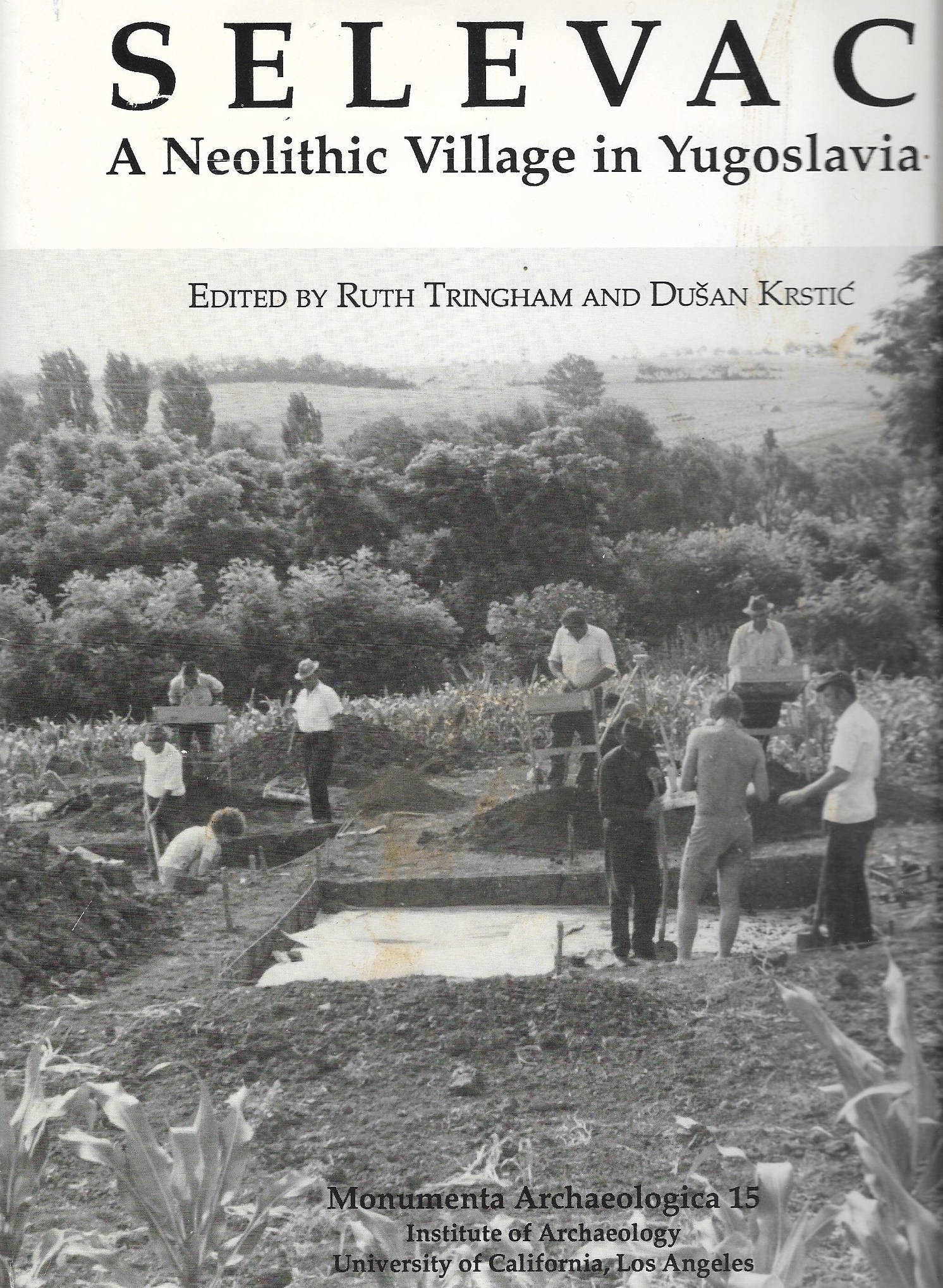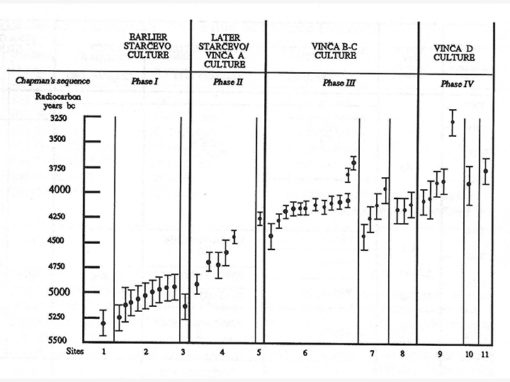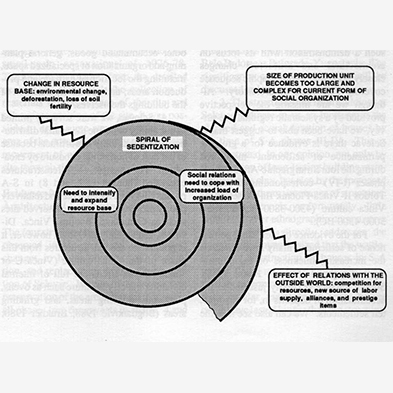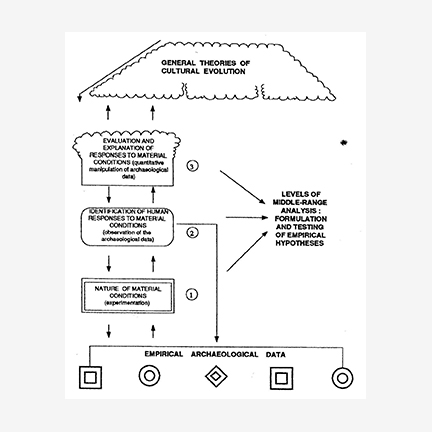
This book is the final report of my first archaeological field project undertaken while working as a faculty member of a United States university. It was also the first field project that I had ever directed. The Selevac project continued my focus on the transition to agriculture in Southeast and Central Europe. In the page for the Selevac Project on this website, you can read about why I chose Yugoslavia for a joint project, and how I ended up directing the project at Selevac. Since this monograph was published, the Federated Socialist Republic of Yugoslavia has fragmented into separate states, one of which is Serbia in which Selevac is located. The book is co-edited by myself with Dusan Krstic, the Yugoslav Co-Principal Investigator of the project. The team of archaeologists participating in the project comprised senior professionals from Yugoslavia, US, and UK, and graduate and undergraduate students from Yugoslavia and US, some of whom were under my supervision at Harvard University and subsequently UC Berkeley. Many of the team members, including students, are among the authors of individual chapters in this book. authors who are authors of its various chapters. My role in the research of the Selevac Archaeological Project was as its principal designer and organizer, both its theoretical and practical aspects. I focussed on the investigation of the archaeological context, especially architecture, for information on production, site duration, and economic organization. In this project, I was able to put into practice, at a project-wide scale, the design of artifact Middle Range use-life analysis that I had previously been restricted to one class of material, namely lithic microwear traces. This was only made possible by the rigorous computerised quantification and observational analyses of the data, carried out by graduate students working at Harvard, and especially later at the UC Berkeley Quantitative Anthropological Laboratory.
Abstract
This monograph comprises the final report of the Selevac Archaeological Project (1976-82), a joint U.S.-Yugoslav excavation of the Neolithic site of Selevac, Yugoslavia.
Reviews
Brad Bartel (1993) American Antiquity 58 (3): 590
Peter Bogucki (1992) Journal of Field Archaeology 19 (2): 219-222
John Nandris (1993) Antiquity 67 (255 June): 459-461
Citation
Tringham, Ruth and Dusan Krstic (editors) (1990) Selevac: a Neolithic Village in Yugoslavia. Monumenta archaeologica v. 15. Institute of Archaeology, University of California, Los Angeles, CA.
Where to Buy or Download
Organization of the Book
Chapter 1: Introduction by Ruth Tringham and Dusan Krstic
Chapter 2: The Neolithic in the Morava-Danube Confluence Area: a Regional Assessment of Settlement Pattern by John Chapman
Chapter 3: Relative and Absolute Chronology by Ruth Tringham and Dusan Krstic
Chapter 4: Field Report) by Ruth Tringham and Mirjana Stevanovic
Chapter 5: Animals, Economy, and Environment by Anthony J. Legge
Chapter 6: The Fish remains by Dick C. Brinkhuizen
Chapter 7: The Archaeobotanical Remains by Frances McClaren and R.N.L.B. Hubbard
Chapter 8: Ceramic Technology (basis of Ph.D dissertation, UC Berkeley) by Timothy Kaiser
Chapter 9: Quantitative Analysis of the Pottery by Mirjana Vukmanovic and Nenad Radojcic
Chapter 9b: Coding System of the Statistical-Typological Analysis by Judith Rasson
Chapter 10: Non-ceramic Uses of Clay by Ruth Tringham and Mirjana Stevanovic
Chapter 11: The Anthropomorphic and Zoomorphic Figurines by Jasmina Milojkovic
Chapter 12: Analysis of Stone Tools (basis of Ph.D. dissertation, UC Berkeley) by Barbara Voytek
Chapter 13: Macrocrystalline Stone Artifacts by Carol S. Spears
Chapter 14: The Bone Tools (basis of Senior Honors Thesis, Harvard U)
Chapter 15: The exploitation of Copper Minerals (basis of Ph.D. dissertation, UC Berkeley) by Petar Glumac and Ruth Tringham
Chapter 16: Conclusion: Selevac in the Wider Context by Ruth Tringham and Dusan Krstic
Chapters in this book authored by Ruth Tringham



